Oppo Mirror 3 phone Review
Oppo Mirror 3 specs possess a long list of complex scientific words that can overwhelm even the specialists. So, when you willing to buy a new cellular phone, there will be a lot of questions pass through your mind. In this blog, you will find Oppo Mirror 3 reviews that represent most of its specifications and terminologies, to allow you to make sense of it all.
After announcing Oppo Mirror 3 by Oppo on 1/1/2015, this model has been Released 2015, January. However, this model status in the market is: Discontinued.
When you buy Oppo Mirror 3, you will gain a 8 MP, 1/3.2″, 1.4µm, AF rear camera and 5 MP selfie camera. it Also has 8GB 1GB RAM, and 2000 mAh battery life (the more mAh value gives more strength to the battery).
Oppo Mirror 3 comes with Corning Gorilla Glass 3 as a screen protection that is intended to save the screen when the phone drops on hard and rough surfaces, and with 4.7 inches, 60.9 cm2 screen size.
Oppo Mirror 3 comes with the following OS and chips:
* Android 4.4 (KitKat) operating system,
* Qualcomm MSM8916 Snapdragon 410 (28 nm) Chipset
* Quad-core 1.2 GHz Cortex-A53 Processor.
To understand the meanings of cellular phone specifications, continue reading this Oppo Mirror 3 review.
The Body Specs – Oppo Mirror 3 Review
When planning to purchase a new cellular phone, the body parameters must be taken into consideration. These physical characteristics include body size, weight, and build. You can read Oppo Mirror 3 review in terms of the body characteristics in the lines that follow.
* Body Dimensions: 137.7 x 68.8 x 8.9 mm (5.42 x 2.71 x 0.35 in) which mean height, width, and thickness (depth) respectively.
* Body Weight: 130 g (4.59 oz).
For smartphones, a weight between 140g to 170g is considered appropriate and suitable for most people.
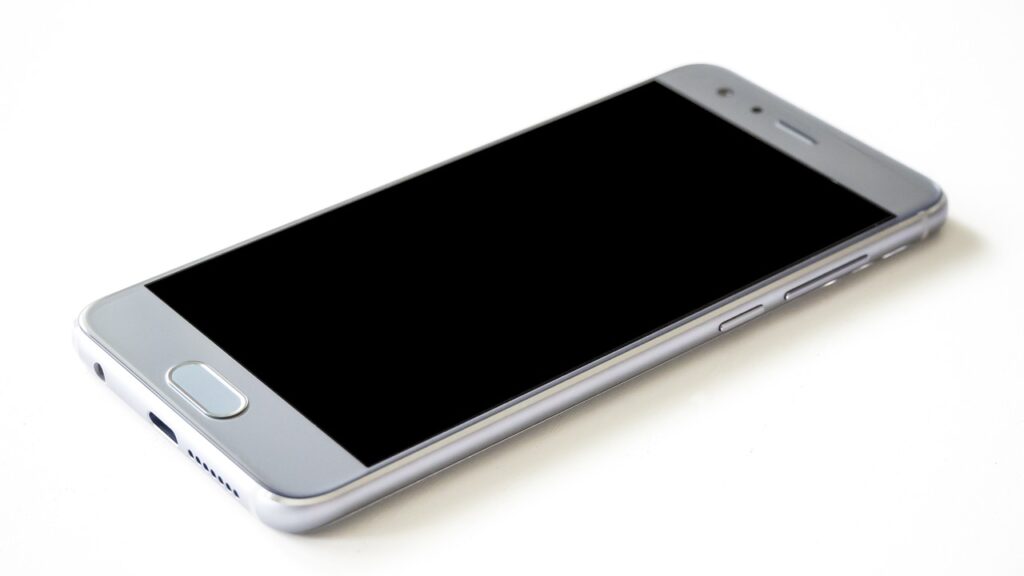
Is Smartphone color important? – Oppo Mirror 3 Review
Choosing the color of the mobile phone is a relatively important decision because the colors reflected from the device will affect adversely or favorably the colors that you see on the display screen.
Oppo Mirror 3 comes in the following colors: White, Blue.

Oppo Mirror 3 Review – Understanding Display Terms
We use mobile phone to work, voice calls, play games, watch movies and videos, take photos, and even extensive reading. These tasks are easily accomplished on large-screen devices with genuine blacks, high contrast ratios, and good visibility from different angles..
The next lines will represent the crucial display characteristics of Oppo Mirror 3.
Display Type: IPS LCD – Remember that you should search for a screen type that offers more shining colors and real black.
Display Size: 4.7 inches, 60.9 cm2 – The common standard screen size of cellphones now averages between 4.7 and 6.5 inches.
Screen To Body Ratio: (~64.3% screen-to-body ratio). It gives the percentage of how much the display covers the front side. Smartphones that have the largest screen to body ratio look delicate and give it a premium look.
Display Ratio: 16:9 ratio. the Aspect ratio is the relevance between the height and width of the smartphone screen. Taller aspect ratios like 19.5:9 is coming with the most modern smartphones, and it is suitable for web browsing, and other portrait orientation apps.
Display Resolution: 720 x 1280 pixels. It is the clarity of an image video in details and sharpness. The pixel resolution for high definition screens is 1920 x 1080.
Display Density: (~312 ppi density). It is the number of physical pixels per inch on a screen, and is measured in Pixels Per Inch (ppi).
Display Protection: Oppo Mirror 3 comes with the following display protection:
* Corning Gorilla Glass 3
* Corning Gorilla Glass 3.
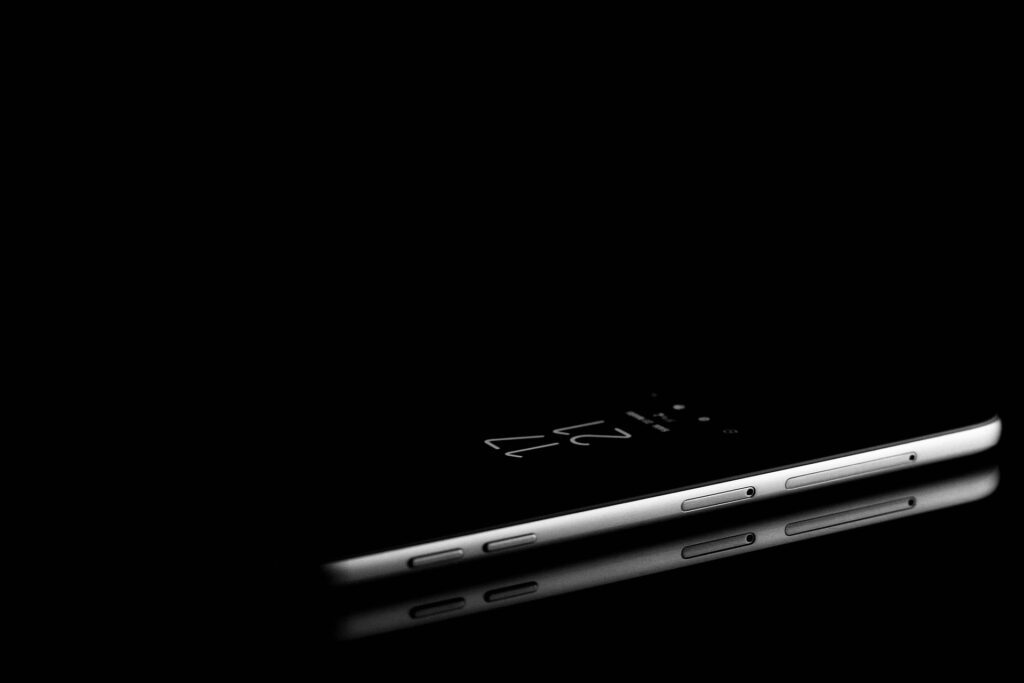
Oppo Mirror 3 Review – Camera Specifications
In the following lines, you will find Oppo Mirror 3 review about the main cameras.
* Main Camera Single: {8 MP, 1/3.2″, 1.4µm, AF}.
Here are explanations about some of the symbols included in the camera spesc:
MP (Megapixels) is the resolution of the image taken by a smartphone.
(f value) is the aperture of a lens indicates how much light it lets in. The larger the aperture, the more light is let in; conversely, a smaller aperture lets in less light.
(mm value) This measurement is of the lens’s focal length, which affects the final image that is produced by your camera.
AutoFocus (AF) is the function of a camera to automatically focus on a subject.
The main camera features are as follows:
HDR, panorama, 1080p@30fps main video camera.
Here is the Oppo Mirror 3 review of the selfie camera:
* Selfie Camera Single: 5 MP
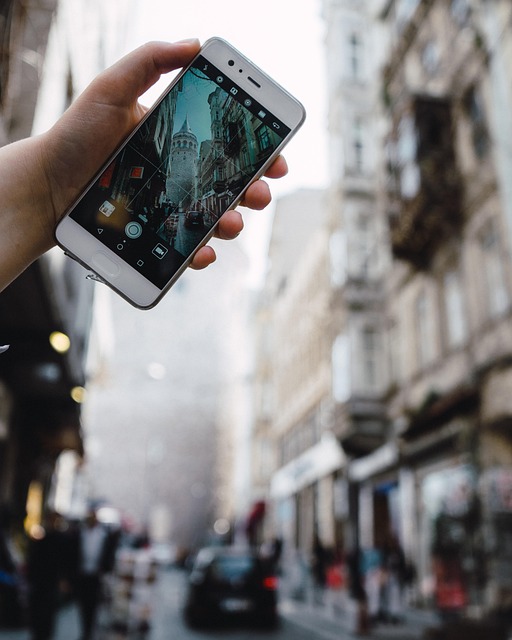
the SIM Card features – Oppo Mirror 3 Review
The acronym SIM is used to refer to the Subscriber Identity Module. It is a microchip that can be inserted into your mobile phone to be able to access your phone’s communication features to make calls, send SMS, and connect to the 3G, 4G LTE, and 5G mobile internet. For more information about 3G / 4G networks, refer to Oppo Mirror 3 3G or Oppo Mirror 3 4G articles. SIM cards come in three sizes: Standard (Mini), Micro, and Nano. You can use your smartphone without a SIM card, such as using the calculator, playing games, saving text or voice notes, and connecting to a Wi-Fi network to explore the web.
This mobile phone model comes with Dual SIM (Micro-SIM/Nano-SIM, dual stand-by) card. For more info, refer to How to insert SIM card in Oppo Mirror 3 article.
Here are the common SIM card kinds:
* Nano SIM. It is the smallest removable SIM card size, so it is the most modern one (other than eSIMs, which we’ll talk about it very soon) and it’s used by the vast majority of current devices.
* Micro SIM. They have a little bit larger chip, and they haven’t been utilized too often lately.
* Standard SIM (Mini SIM). It is the biggest SIM card size in use, and it’s the most seldom used.
* eSIM. It is an embedded SIM card, meaning that you can’t remove it from your smartphone.

Oppo Mirror 3 Review – Chipset, CPU, and GPU
This model has Qualcomm MSM8916 Snapdragon 410 (28 nm) chipset.
A chipset on a mobile phone is most usually termed as a system on chip (SoC). It is an integrated circuit that combines all basic components of a device on one chip. The most common types are: QUALCOMM Snapdragon, MEDIATEK CHIPSETS, and INTEL ATOM.
Oppo Mirror 3 has Quad-core 1.2 GHz Cortex-A53 CPU.
The performance of the CPU will be improved by increasing the number of cores and the processing speed.
Oppo Mirror 3 has the following GBU (Graphics Processing Unit): Adreno 306.
This chip is responsible for handling and accelerating all graphics jobs, and more faster GPU means more powerful cellphone will be.
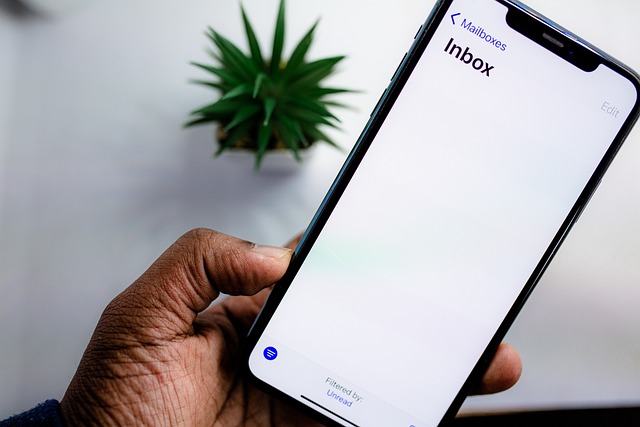
Storage Features – Oppo Mirror 3 Review
The quantity of storage that a new mobile phone offers is one of the essential decision considerations.. Actually, Oppo Mirror 3 comes with microSDXC memory card slot, and the following internal memory: 8GB 1GB RAM
Two types of phone’s memory are available:
Internal: It is integrated inside the phone, and can’t be extended. These days, most smartphones come with internal storage of at least 32GB or 64GB and a few high-end models feature 256GB or 512GB.
External: It is a removable SD card used as an alternative memory to save photos, music, videos, etc., regardless of the kind of SD card slot.
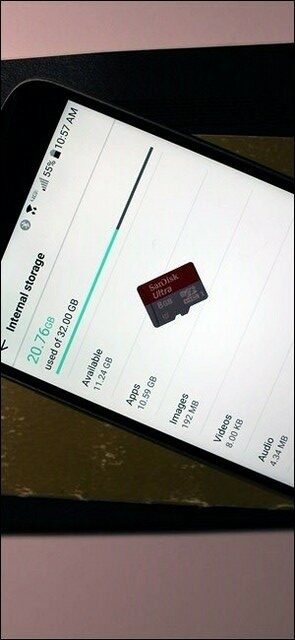
Mobile Networks and Connectivity – Oppo Mirror 3 Review
Mobile networking refers to technology that can support voice and/or data network connections using wireless solutions. Three kinds of mobile networks are available: 3G, 4G (LTE), and 5G. Most modern mobile phones can use all networks. However, 5G has been created with an extended capacity to enable next-generation user experiences, support innovative deployment models, and deliver new services.
Oppo Mirror 3 supports the following networks: 3G. For more information, refer to Oppo Mirror 3 3G article. – 4G. For more information, refer to Oppo Mirror 3 4G article.

Available Wireless Connections – Oppo Mirror 3 Review
This model supports the following wireless communications:
* WLAN connection: {Wi-Fi 802.11 b/g/n, hotspot}. Wireless Local Area Network depends on Wi-Fi to connect to the home or office wireless network using the local router and provides Internet access.
* Bluetooth connection: {4.0, A2DP}. It is a common wireless communication protocol used to connect two devices together over short ranges, allowing them share data between different devices.
* GBS connection: {Yes, with A-GPS}.Global Positioning System allows mobile phone to define any position you need.
* USB connection: {microUSB 2.0, USB On-The-Go}.Universal Serial Bus is wired technology that allows users to connect two devices, such as a smartphone with a PC, to either transfer data or to charge the connected device.
* Features Sensors: {Accelerometer, proximity, compass}. The sensor is a device that detects and majors the changes in the nearby environment such as ambient light and motion.
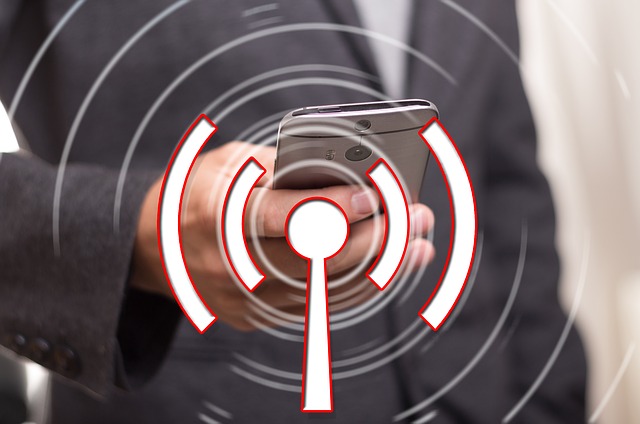
Oppo Mirror 3 Review – The Operating System
This model comes with {Android 4.4 (KitKat)} operating system.
Battery Main Specifications – Oppo Mirror 3 Review
Nothing is more essential than the battery of the mobile phone that keeps these devices running and providing daily life functioning. The following lines are including Oppo Mirror 3 review of its primary battery.
* Battery Technology: {Li-Po}.
* Oppo Mirror 3 comes with {removable} battery.
* Battery Capacity: {2000} mAh. It refers to the storage capacity a particular battery can provide. A battery with 3100 mAh capacity rating could supply a current of 3100 mA for one hour. Higher mAh ratings for the same battery kind will usually mean longer working time.
* Battery Charging: {Fast charging 20W}.
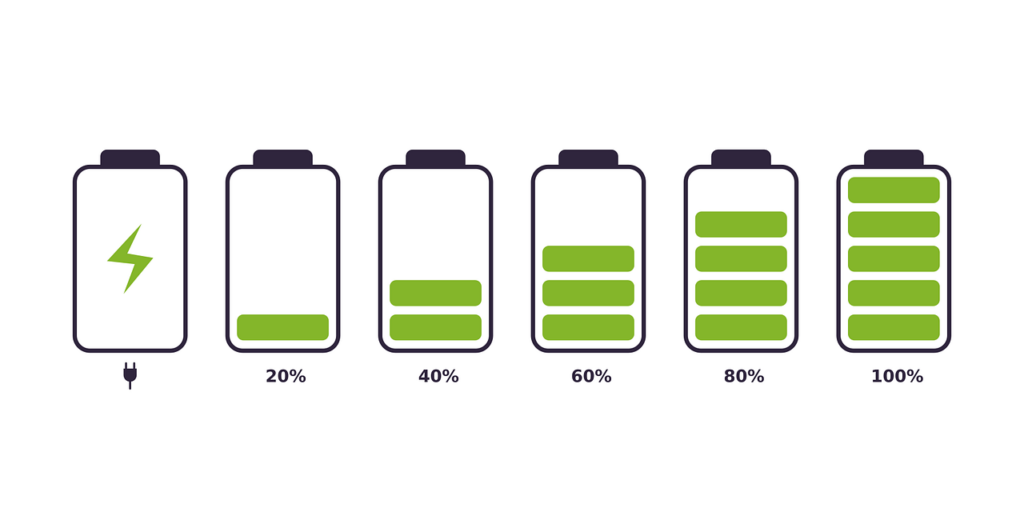
Oppo Mirror 3 Review – The Battery Secondary Specs
Along with the major Oppo Mirror 3 characteristics that we just discussed, this model contains more battery-related features that vary somewhat depending on the model of mobile phone. Here are these features:
* Battery Charging Original: {Fast charging 20W, 100% in 90 min (advertised), VOOC}.

